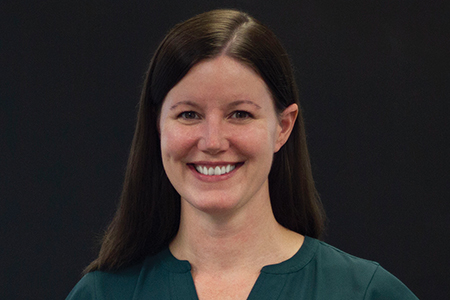Areas Of Growth For Oral-Dose Outsourcing
By Kate Hammeke, VP of Market Research, Industry Standard Research (ISR) @ISRreports
 The long history and market dominance of oral dosage forms have made this category of drug product a good candidate for outsourced manufacturing. And, according to respondents* who participated in Industry Standard Research’s 2019 Oral Dosage Forms survey, there are no signs of oral-dose outsourcing letting up. In fact, across all sponsor groups, respondents predict increases in the proportion of oral-dose manufacturing that is outsourced. For clinical trial manufacturing, the increase averaged 6 percentage points, climbing from 54 percent to 60 percent outsourced, and for commercial manufacturing, the increase averaged 8 percentage points, rising from 57 percent to 65 percent outsourced.
The long history and market dominance of oral dosage forms have made this category of drug product a good candidate for outsourced manufacturing. And, according to respondents* who participated in Industry Standard Research’s 2019 Oral Dosage Forms survey, there are no signs of oral-dose outsourcing letting up. In fact, across all sponsor groups, respondents predict increases in the proportion of oral-dose manufacturing that is outsourced. For clinical trial manufacturing, the increase averaged 6 percentage points, climbing from 54 percent to 60 percent outsourced, and for commercial manufacturing, the increase averaged 8 percentage points, rising from 57 percent to 65 percent outsourced.
Not only is the proportion of outsourcing predicted to increase, so is the number of oral-dose products in sponsors’ pipelines, which means that even if outsourcing percentages remained static, CMOs could anticipate increased demand because sponsors expect to have more oral-dose products in their portfolios five years from now. Some of the same characteristics that helped the oral dose earn its valued position in healthcare — ease of accurate dosing and patient-friendly delivery format — will continue to contribute to its popularity, but so will use of newer technologies such as modified release combined with advances in the dosage form, like multilayer tablets.
In the research, ISR asked respondents about usage patterns for 17 oral-dosage forms. The format that will likely see the largest uptick in respondent utilization over the next five years is bilayer tablets. Currently, 16 percent of respondents have bilayer tablets in their oral-dose portfolios; five years from now, 36 percent of respondents expect this to be the case. Along with it, respondents predict a jump in the proportion of bilayer manufacturing that will be outsourced, rising from 26 percent to 49 percent over the next five years. While these are sizable increases, bilayer tablets account for only 2 percent of respondents’ marketed oral-dosage products at present and a predicted 4 percent of oral-dose portfolios five years from now.
CONTROLLED-RELEASE TABLETS PICK UP MORE USERS
Interestingly, the data shows that controlled-release tablets, one of the most popular oral dosage forms based on the percentage of marketed products in respondents’ portfolios, will be one of the top areas of growth for outsourced oral-dose manufacturing. Currently, about one-third of respondents use the dosage form. Controlled-release tablets account for 10 percent of respondents’ marketed oral-dose products and just under half of manufacturing is outsourced (46 percent). Five years from now, more than half of respondents believe their company will use controlled-release tablets and forecast that the dosage form will account for 16 percent of marketed oral-dosage products, of which, 60 percent of manufacturing will be outsourced.
Another key area for growth in outsourced oral-dose manufacturing is softgels. Respondents anticipate outsourcing rates to remain steady for this already heavily outsourced dosage form (68 percent of manufacturing is currently outsourced); however, the data shows a large increase to the proportion of respondents who anticipate having softgel products in their oral-dose portfolios, rising from 32 percent to 45 percent of respondents.
These predicted areas of growth in the outsourced oral-dose manufacturing market line up with the most popular life cycle extension strategy, which is “controlled- or modified-release dosage forms,” a tactic utilized by 55 percent of respondents’ companies.
*Outsourcing oral-dose manufacturing was a requirement for participating in the research. The data reported is not intended to be representative of the overall pharmaceutical market size or industry, rather they are representative of the participants in the study who are active outsourcers.
KATE HAMMEKE is VP of market research at Industry Standard Research.
